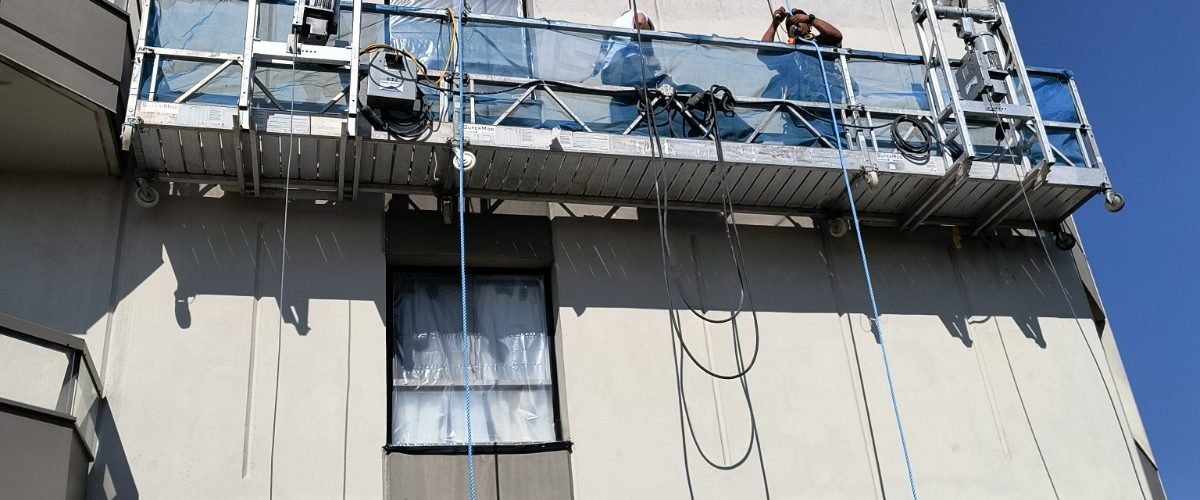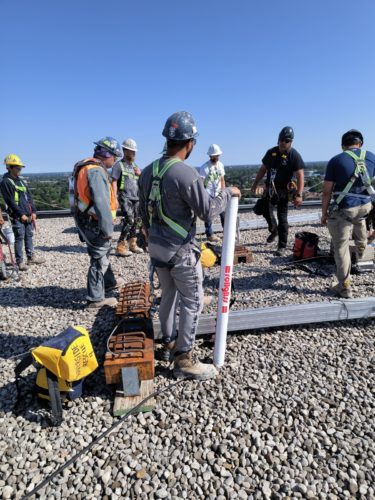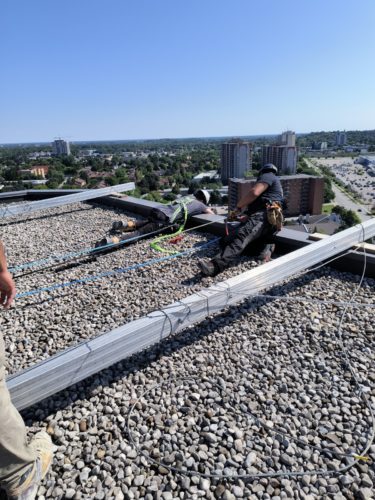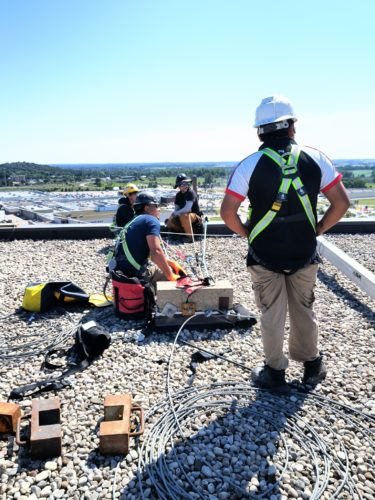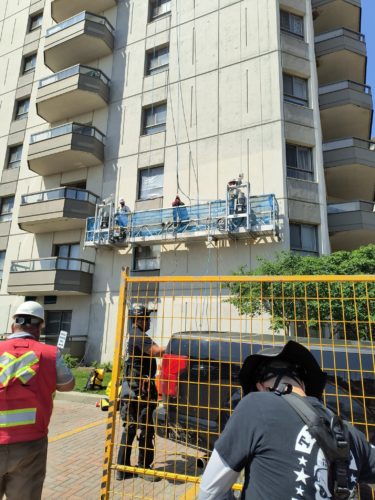High Fall Rescue: Your Ultimate Training Day Guide
Whether a seasoned professional or new to the field, mastering high fall rescue techniques is crucial for ensuring safety in high-risk environments. In this blog post, we’ll delve into the importance of high fall rescue training and provide valuable insights to help you excel in this critical aspect of workplace safety.
Why High Fall Rescue Training Matters:
High fall incidents can result in serious injuries or even fatalities if proper rescue procedures aren’t in place. By investing in high fall rescue training, employers demonstrate their commitment to employee safety and ensure that teams are equipped with the skills and knowledge needed to respond effectively in emergency situations. Moreover, complying with safety regulations and standards is essential for avoiding costly penalties and maintaining a positive reputation in your industry.
Key Components of High Fall Rescue Training:
During a high fall rescue training day, participants can expect to cover a range of essential topics and practical exercises, including:
- Hazard Identification: Understanding potential fall hazards in the workplace and implementing preventive measures to minimize risks.
- Equipment Familiarization: Learning how to properly inspect, use, and maintain fall protection equipment such as harnesses, lanyards, and anchor points.
- Rescue Procedures: Practicing various rescue techniques, including self-rescue and assisted rescue methods, to safely retrieve a fallen worker from elevated positions.
- Communication and Coordination: Establishing clear communication protocols and coordination strategies among rescue team members to ensure a swift and coordinated response in emergency scenarios.
- Scenario-based Drills: Simulating real-life scenarios to test participants’ skills and decision-making abilities under pressure, allowing for hands-on practice in a controlled environment.
Investing in high fall rescue training is not only a legal requirement but also a moral obligation to protect the well-being of our workers in high-risk environments. By equipping our team with the necessary skills and knowledge, we are minimizing the likelihood of accidents and ensure a prompt and effective response in the event of an emergency.

